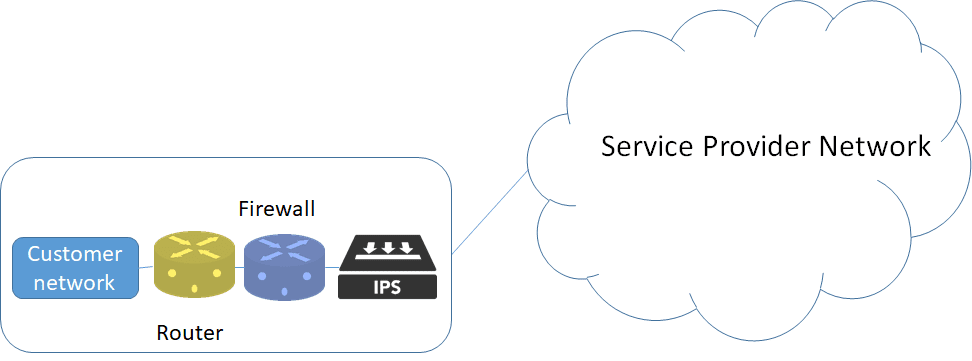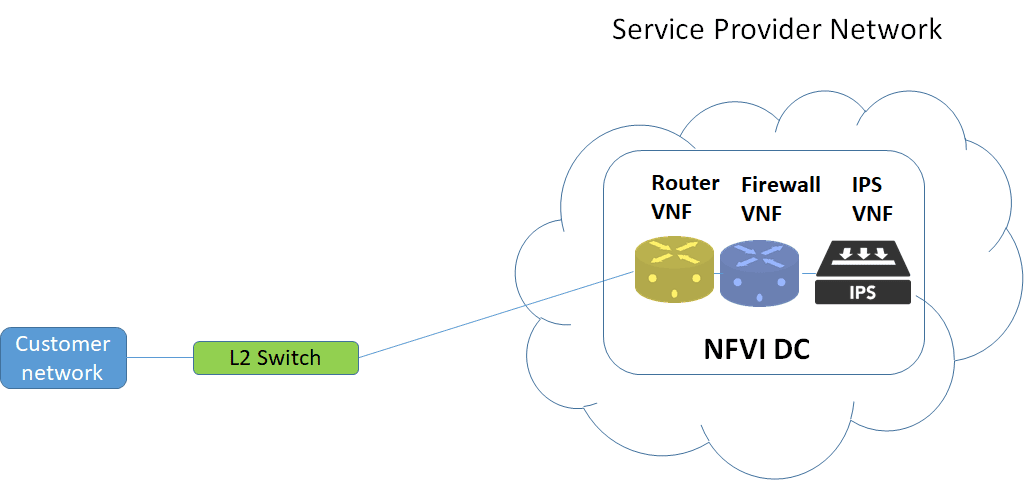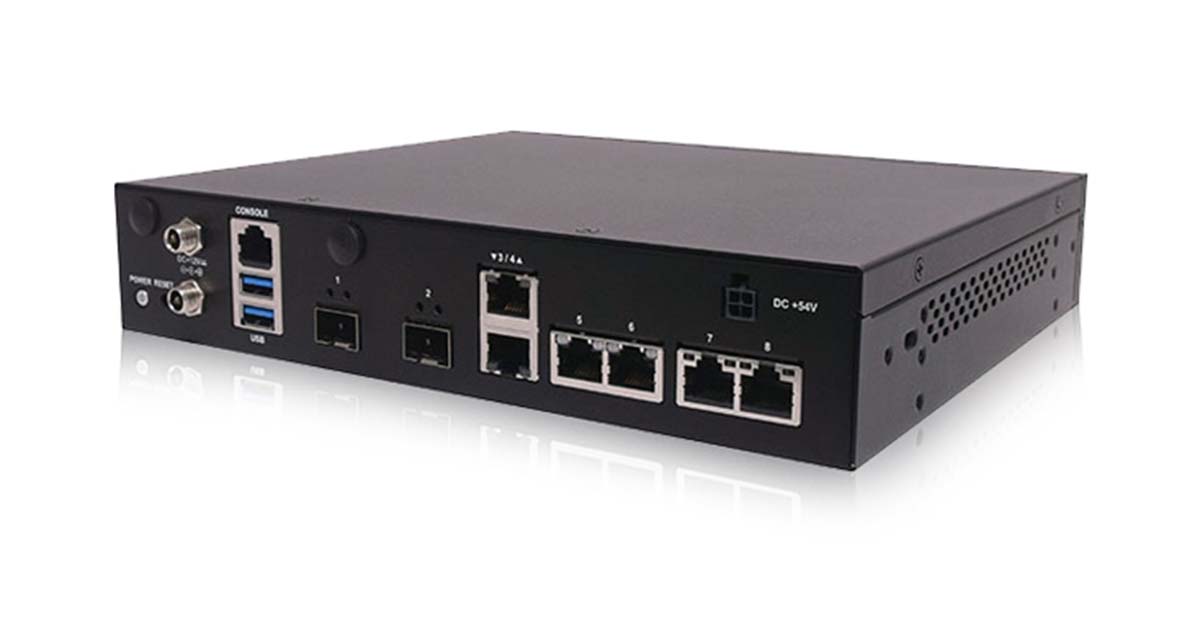Keeping different hardware devices at customer branch offices is complex and costly for any CSP.
A CSP keeps adding devices at the customer site as the customer needs expansion. It may start with a switch and expand to routing, firewall, load balancer, etc.
This build-up of devices at customer sites involves considerable CAPEX and OPEX.
Consolidation of the CPEs and smart use of virtual services can eliminate these issues.
That is why vCPE (Virtual Customer Premises Equipment) and uCPE (Universal Customer Premises Equipment)) have become popular these days, because they eliminate the need for hardware inventory at a customer site.
So what is the difference between physical CPE, vCPE and uCPE. You must understand the pros and cons in order to make an informed decision when buying CPE as an end user or selling a customer branch service as a CSP.
Physical CPE
Physical CPE is the traditional CPE CSPs used at their customer sites (also called Physical network functions). In the following diagram, three different CPEs are used at the customer site:
A router, a firewall, and an IPS (Intrusion Prevention System); services chained one after the other.
These three CPEs do not necessarily come from a single vendor.
Too many physical CPEs at the customer site are both CAPEX and OPEX intensive.
Should something go wrong on any physical CPE, the CSP must send its technical staff to the site, as remote troubleshooting on a physical box is complicated, if not impossible.
Is there anything better than this customer solution?
Let’s see

Virtual CPE
Virtual CPE solves many problems associated with physical CPE.
A virtual CPE runs the same applications as a physical CPE but in the DC of the CSP (telco) also called Telco Cloud. (Virtual CPE is sometimes called Cloud CPE)
In the figure below, the CSP runs the same CPEs inside its DC. Thanks to NFV’s virtualization, the functions can run virtually as VNFs (Virtualized Network Functions) on x86 servers. By running functions on a pool of servers, the CSP can serve this customer and other customers.
He saves using standard off-the-shelf servers instead of buying purpose-built hardware for each customer.
And because of the economy of scale of servers using the cloud, the CSP can cut on the CAPEX considerably.
A layer 2 simple switch sits at the customer site that backhauls all traffic to the telco cloud, where the traffics passes through the same service chain as in the physical CPE case above.

Universal CPE
To many, universal CPE ( uCPE) is just another form of virtual CPE. By definition, it is correct, as uCPE does run the functions virtually as VNFs.
However, the industry calls uCPE one that can run virtual functions at the customer site itself, and we will stick with this definition. More specifically, uCPE is an x86 server that can run any type of a virtual function like routing, switching, filtering, etc. (To create differentiation, some call vCPE as cloud CPE and uCPE as distributed CPE)

Benefits of uCPE
There are many benefits of uCPE; some of them are the following:
1. Faster time to provision
As functions are software-based, so instead of sending a team to provision new functions, new VNFs can be provisioned on demand quickly using zero touch provisioning. This can expedite the time to market new services.
2. Avoid Vendor-Lock In
When commodity hardware is used as CPE, the software VNFs can be easily swapped. So if the end-user is not satisfied, the VNFs can be swapped with a new vendor. Also, the hardware can be changed easily. This eliminates vendor lock-in at both the software and hardware level.
3. Create new business opportunities
uCPE solution is scalable as it is easy to add new enterprise applications. This can create upsell opportunities for the service provider. For example, a CSP can start with a firewall and add malware detection as a future service.
Which one is better? uCPE vs. vCPE vs. Physical CPE
The benefits listed above for uCPE also apply to vCPE.
Leaving physical CPE out of the equation, as it is not virtual, let’s see which one is better, uCPE or vCPE.
In our view, there are few reasons uCPE has an edge over the vCPE (Cloud CPE)
- For the CSPs, it is a low barrier to entry as they do not need to establish a full-fledged telco cloud to provide the CPE functions. They wouldn’t need to establish infrastructure first. They can start with the customers’ deployments on a demand basis with considerably less CAPEX.
- Running CPE functions in the cloud would dictate that the CSP takes extra care about the performance of the functions, as some latency-critical functions may also need to be brought to the DC instead of running at the customer site.
Nevertheless, uCPE or vCPE, virtualization is the key and a way forward for any CSP. Once the CSP looks beyond the physical CPE, he can reduce both CAPEX and OPEX.
About Lanner’s Inc uCPE platforms
Lanner Inc is a leading manufacturer of whitebox and uCPE for a wide variety of telecom applications like SDN, NFV, SD-WAN, Open RAN, Edge Cloud and Orchestration.
Lanner Inc operates in the US through its subsidiary Whitebox Solutions (www.whiteboxsolutions.com)








